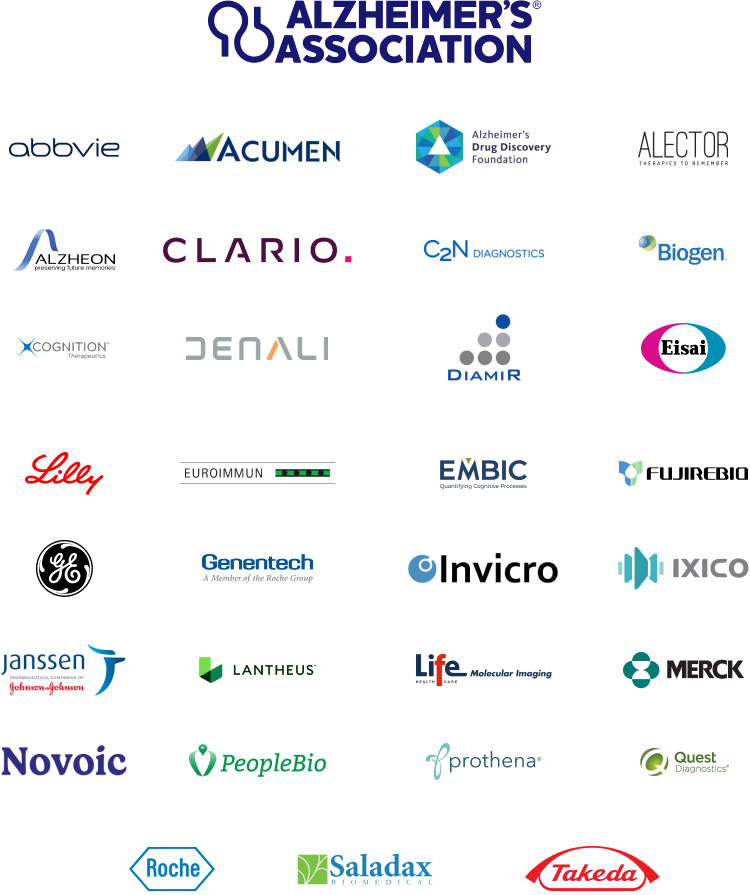About ADNI
The ADNI study actively supports the investigation and development of treatments that slow or stop the progression of Alzheimer’s disease (AD). Researchers at over 60 clinical sites in the USA and Canada collect data to study the progression of AD in the human brain across normal aging, mild cognitive impairment (MCI), and Alzheimer’s disease and dementia. Click here to learn more about the history of ADNI and the researchers who lead the study.






